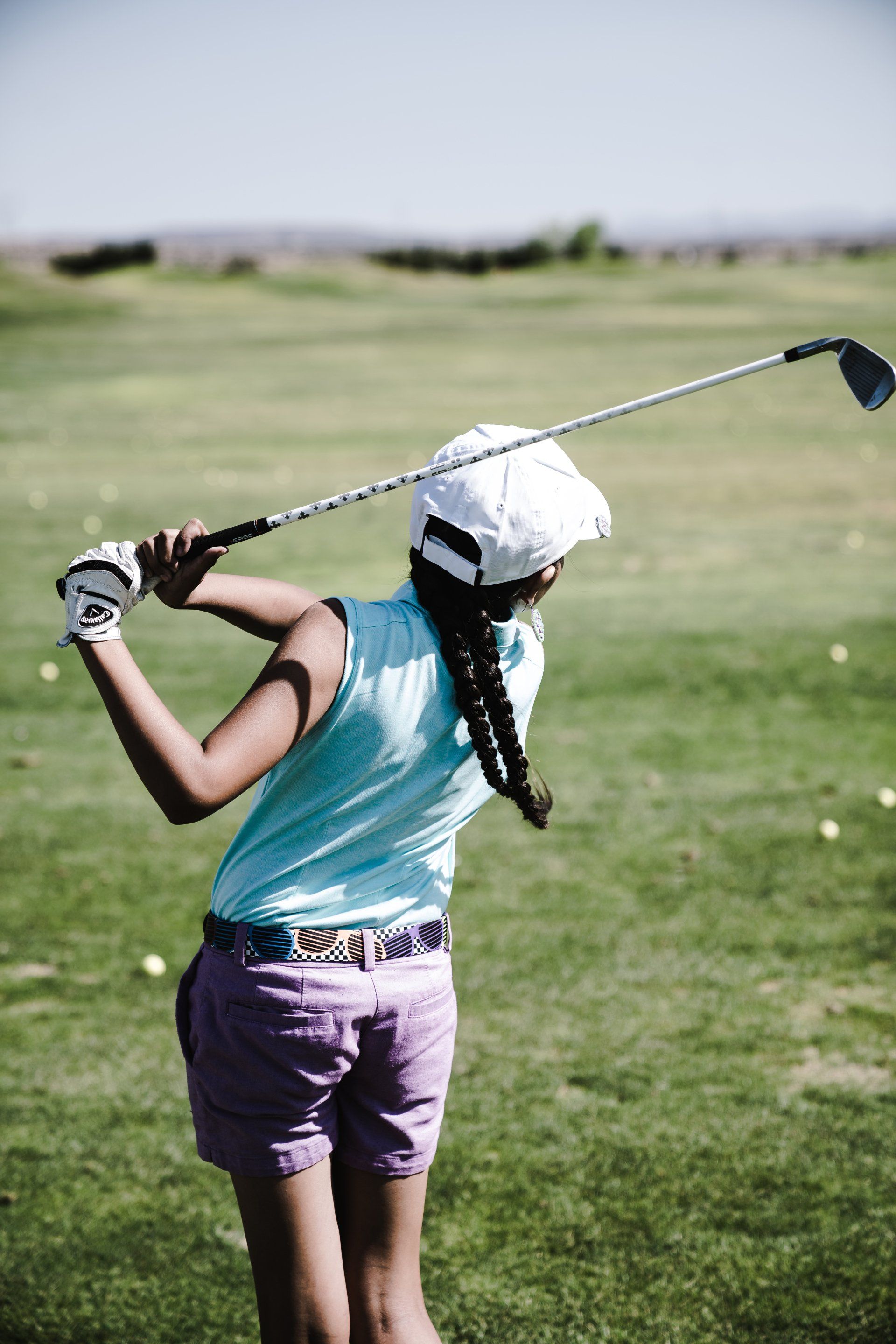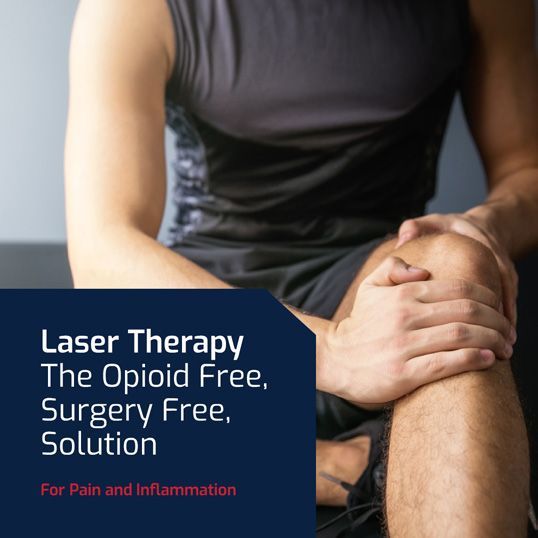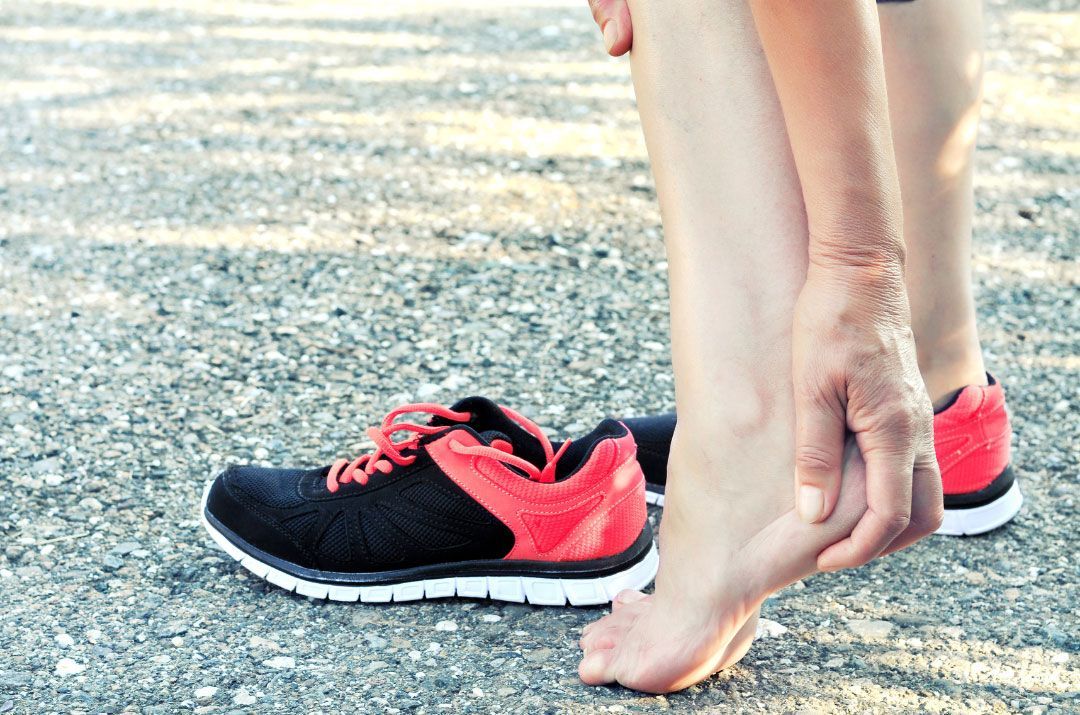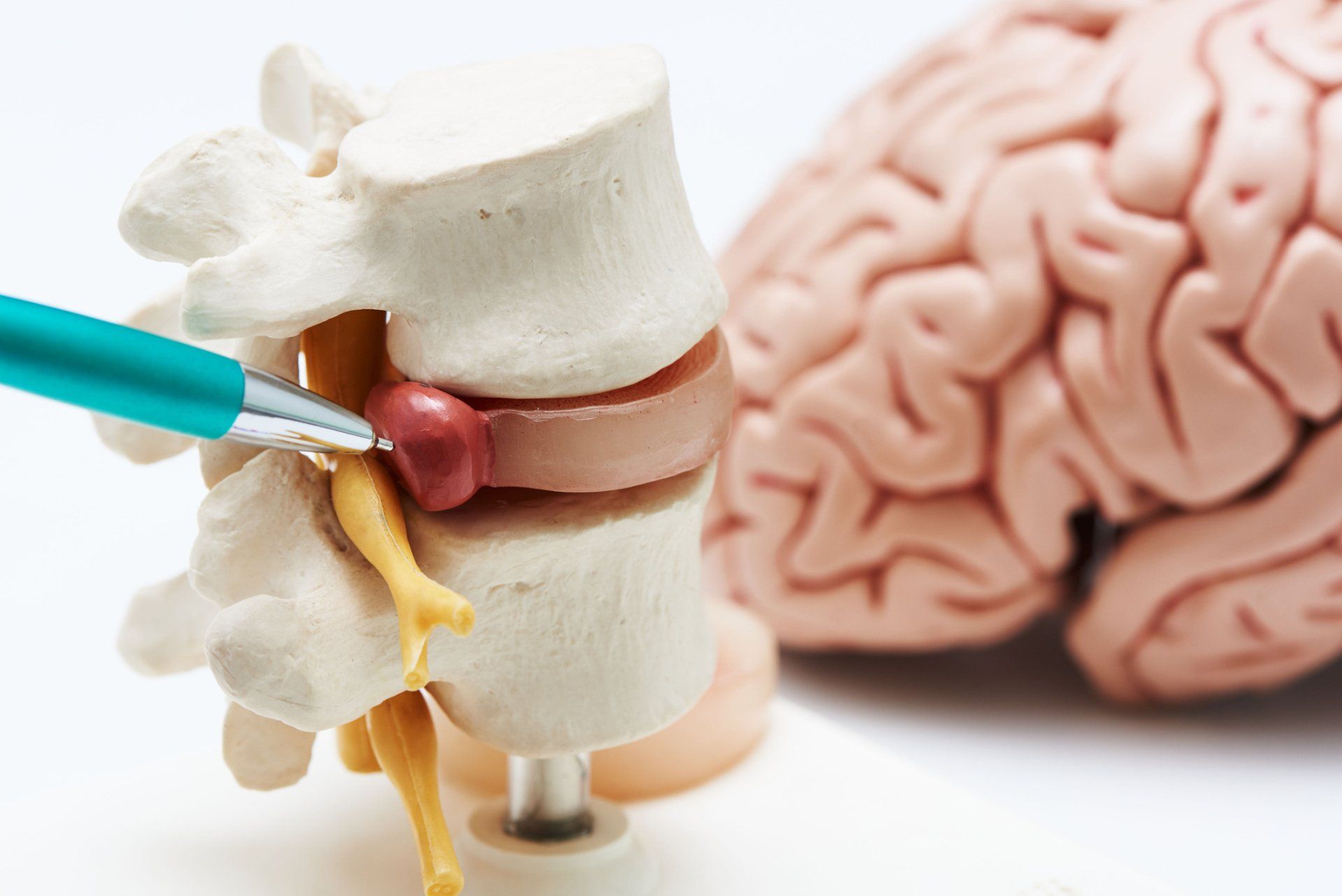Autism, Neuroplasticity and The Polyvagal Theory?
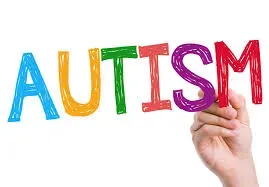
AUTISM, NEUROPLASTICITY AND THE POLYVAGAL THEORY.. WHAT DOES IT ALL MEAN?
When I was in college, we learned that the autonomic nervous system (ANS) had two parts: the sympathetic and parasympathetic. We were taught that the ANS was a balance between the sympathetic and parasympathetic systems, where one was on and the other was off. As I began to specialize in pediatrics and deal with an increasing number of neurobehaviorally challenged children, I realized something was missing in the explanation of what was going on for these kids.
I was first introduced to the Polyvagal Theory several years ago at the Freedom for Family Wellness Summit in Washington, D.C. [look for information on registering for the 2018 Summit on page 47]. The theory, authored by Stephen Porges, Ph.D., adds so much into the loop of what we were taught about the autonomic nervous system.
Dr. Porges, in his extensive research with anatomy and psychology, found that there was a third controlling mechanism to the autonomic nervous system. The Polyvagal Theory explains the autonomic nervous system as a hierarchy that included a third part—the social engagement system. The social engagement system is above the parasympathetic and sympathetic in this hierarchy. The parasympathetic system is the most ancient of all three systems, found in amphibians and reptiles. This is the typical “freeze” reaction a frog or salamander may have when approached. Mammals evolved the sympathetic nervous system to actively evade or fight predators. When a sabertooth tiger approached a human, fight-or-flight activated. (The freeze reaction wouldn’t work so well in this situation.) Humans then evolved further with the social engagement system, which allows for connection and instant assessment of friend or foe.
When chiropractors care for so many kids with autism and sensory-processing disorders, one of the most common issues that changes over time is the lack of eye contact and failure to communicate. When I first heard about the Polyvagal Theory, I was blown away at how well it explained our success in practice. The autistic children under care were reintegrating with this third branch of the autonomic nervous system.
Ever since the Polyvagal Theory was presented at the Pathways Summit, I’ve been active in furthering my understanding of chiropractic’s effect on the social engagement system of children with autism and sensory-processing disorders. The findings of my first study are published in the Journal of Pediatric and Maternal and Family Care, and I have continued to conduct research in our office.
How do chiropractors reach this third branch of the ANS?
I hypothesize that there are two ways we as chiropractors can reach the third branch of the ANS. Indirectly, we can reach it through atlas adjustments, because the vagus nerve travels next to the atlas in the cervical spine. More important, we can affect the vagus through our ability to perform cranial work on children, accessing the nerve as it exists through the jugular foramen of the temporal bones.
Years ago, when I first started using cranial work, based on the work of Carol Phillips, M.D., I would mainly focus on children with nursing problems, colic, and reflux, and they responded remarkably well. Through my current research, we have now seen that special-needs kids may also benefit from this type of technique.
What are some other responses from children on the autistic spectrum through this type of interaction?
The Polyvagal Theory states that the myelinated portion of the vagus nerve— the social portion—goes to five key body components: the eyes, ears, face, heart, and lungs. One of the main characteristics of children on the autistic spectrum is poor eye gaze, and we regularly see this change under chiropractic care. The second key component the vagus nerve connects to are the ears. A lot of special-needs children tend to cover their ears because of their sensitivity to noise or difficulty understanding what someone is saying. The vagus also connects to the face, as evidenced by the many children who come to our office that have a flat or reduced affect with no smile. After the adjustment, there is a tendency for them to smile, which may be due to its affecting the facial and trigeminal nerves. Lastly, the vagus connects to the heart and lungs, which a lot of specialneeds children have reportedly had a difficult time regulating. [See "Breathe Deep" on page 28 for more about vagal tone on the heart and lungs.] Over time, with chiropractic care and therapeutic exercises, we see many of these children become more athletic and improve their coordination.
An example is one young patient who first presented with the inability to look someone in the eyes. She would only directly talk to her mother or father, and spoke in one- or twoword communications. At her most recent visit to our practice, this young girl now has dramatically improved her ability to speak with others. During the visit, she went up to a baby and said, “That’s a baby! Why is the baby crying?” And the baby’s mother replied, “I think she’s hungry.” This child held a brief conversation for the first time. It’s amazing the opportunities we have as chiropractors to watch these changes.
Why there are so many children on the spectrum today?
This has become the question of our time. Why was autism in the 1960s just 1 in 10,000, when now it’s 1 in 68 according to the CDC? In his book Neurodiversity, Thomas Armstrong, Ph.D., states that these characteristics of autism have been present for a millennium. In times past they were seen in savants who had unbelievable memory capacity, or the wise old medicine man who knew much that was unknown to the ordinary member of society. Dr. Armstrong doesn’t ask where autism comes from, but why is there so much of it today?
In his book Disconnected Kids, Robert Melillo, M.D., discusses the neurotoxic world we live in that’s especially disruptive to growing children’s brains. Concerns have been identified with Monsanto-altered food, EMFs, such as microwave radiation from cell phones and wireless technologies, and many other environmental pollutants that all may be contributing factors to the downward health of children’s brains compared to previous years.
What is neuroplasticity and how does it relate to the Polyvagal Theory?
In his book The Brain that Changes Itself, Norman Doidge, M.D., a pioneer in neuroplasticity, explains how any given brain does not have to remain the same. It may mean that an autistic child who comes into my office, who for the last four to eight years has been absent from social interaction and communication, can change, because her brain can change. It may mean that brain activity may go from an impaired activity rate (less than 100 percent) to a more optimal function. The brain is not “off” or “broken,” which was the prevailing attitude about brains that we had for generations. When I was in college, I was taught that the brain never regenerates. Once you get to a certain age you will have all the brain cells you will ever have, and you will never get any more. And once they die off, that’s it. Research into neuroplasticity has shown that this surely is not the case.
When we see kids with symptoms of autism or ADHD, or adults after a stroke, there may be a possibility of neuroplasticity. Certainly, the younger a child is the more adaptable, because her potential for change is so high. We see kids in their teens with autism, and their pattern is more embedded in their system, making it much slower for change to occur, but it’s totally wrong to say that it won’t, or it can’t. According to these theories, it suggests that it may take more time to rewire the brain.
There’s a fundamental maxim in neurology, contributed by Canadian psychiatrist Donald Hebb, F.R.S., in 1949, that states: “Nerves that fire together, wire together.” This appears to be true in either direction. You fire the right things, breaking old patterns, and you can create a “new” brain with new patterns. Therefore, it should work in the opposite direction. Like the old saying goes, “If you keep on doing what you are doing, you’ll keep on getting what you are getting.” So if you keep wiring the old patterns, you’ll keep reinforcing those same old patterns. Want something different? You’ve got to do something different! Chiropractic care may be that something.
A chiropractor should take the time, energy, and effort to become an expert in her area by becoming certified or a diplomate in pediatrics. Larry Webster, D.C., the founder of the International Chiropractic Pediatric Association (ICPA), used to say, “Taking care of kids is not like taking care of little adults.” Understanding the sensitivity of a child’s spine and nerve system is the key to helping change their trajectories.
What effect are chiropractors having on the brain?
Chiropractors are not back doctors or spine doctors— we’re nerve system doctors. Between the adjustments we do, which help the nerve system rewire itself, neurological exercises one can do at home, and nutritional improvements that avoid any further assaults to the mind and body, we can help create a fertile ground for new seeds to grow.
To paraphrase what Dr. Doidge says, “you can teach an old brain new tricks.” He mentions research by Paul Bach-y-Rita, M.D., that states that if part of the brain is not functioning, other parts of the brain can be rewired to produce the function of the weaker portions. For centuries it was thought that brains were hardwired (this was also taught in the 1980s while I was in school). But now, researchers in neuroplasticity have shown that the brain has remarkable abilities to re-integrate. Areas of the brain thought to be permanently localized can reach out to neighboring parts of the brain and essentially ask for help.
What that means is that you are not stuck with you. According to these theories it is important for us to investigate how chiropractic may help special-needs kids literally change their genetic expression. Not change their genes, but how those genes are expressed. If you have a child who didn’t talk for his first four years and now can talk and read, we have witnessed that his genes which used to express a nonverbal child now express a verbal child.
How does this tie into the Polyvagal Theory?
The ICPA supports the salutogenic model of health. The salutogenic model is about optimizing performance, something that’s beyond the wellness model which aims to stay the same, to keep someone well. The salutogenic model implies that you can always be healthier. Therefore, we as chiropractors don’t “treat” autism, ADHD, ear infections, and the like. What we do is optimize performance. Following a salutogenic model allows the brain, nerve system, and other body systems to do better than they otherwise are doing. In addition to seeing children with autism, ADHD, or other problems improve, it’s very rewarding to see healthy people get stronger and healthier under chiropractic care as well.
The Polyvagal Theory, by its very existence, is complimentary to the salutogenic model of health, because it teaches us that the body is not a balance scale or on/off nerve system, as it was previously understood. There is a hierarchy to the body’s ability to self-regulate, and that is the very thing that chiropractors work with every day: the body’s innate intelligence, which allows us to be selfhealing, self-regulating organisms. Subluxations interfere with this ability to self-heal and self-regulate, and children on the spectrum and with other symptoms have significant challenges especially in self-regulation. The Polyvagal Theory conceptualizes a way to tap into inner healing potential. It opens a whole new set of possibilities.
Related Posts
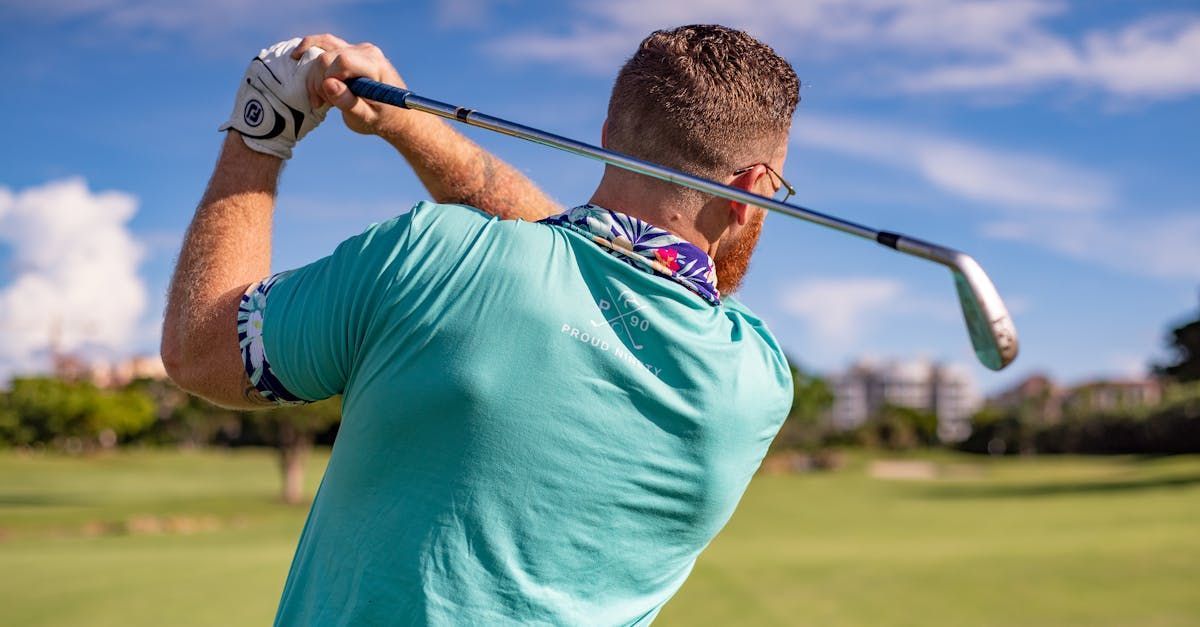


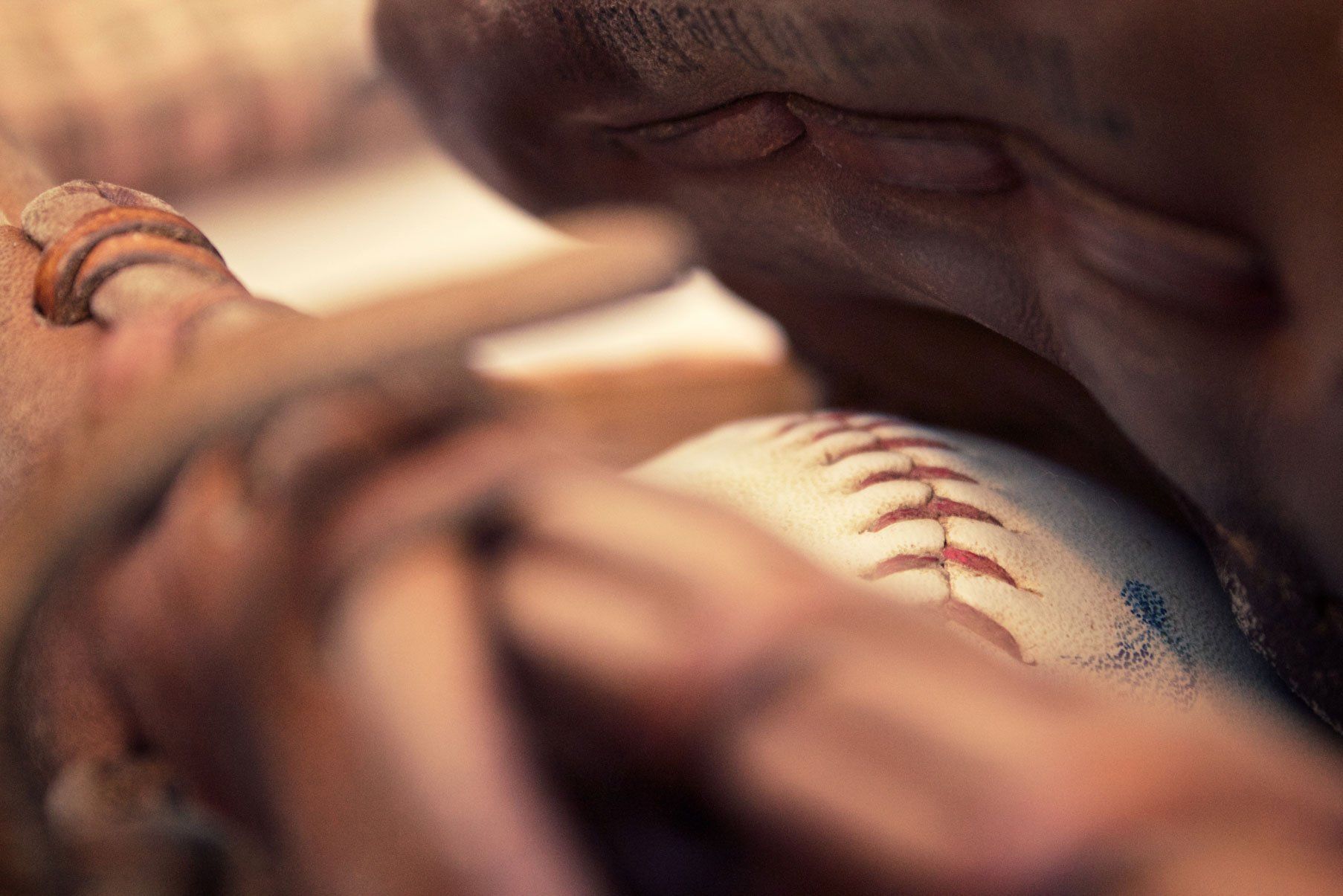
Experience The Difference Of Holistic Chiropractic Care.
Visit Us
110 Nimmons Circle
Seneca, South Carolina 29678
Contact Us
All Rights Reserved | Balanced Life Wellness | Website Design by Hyport Digital

